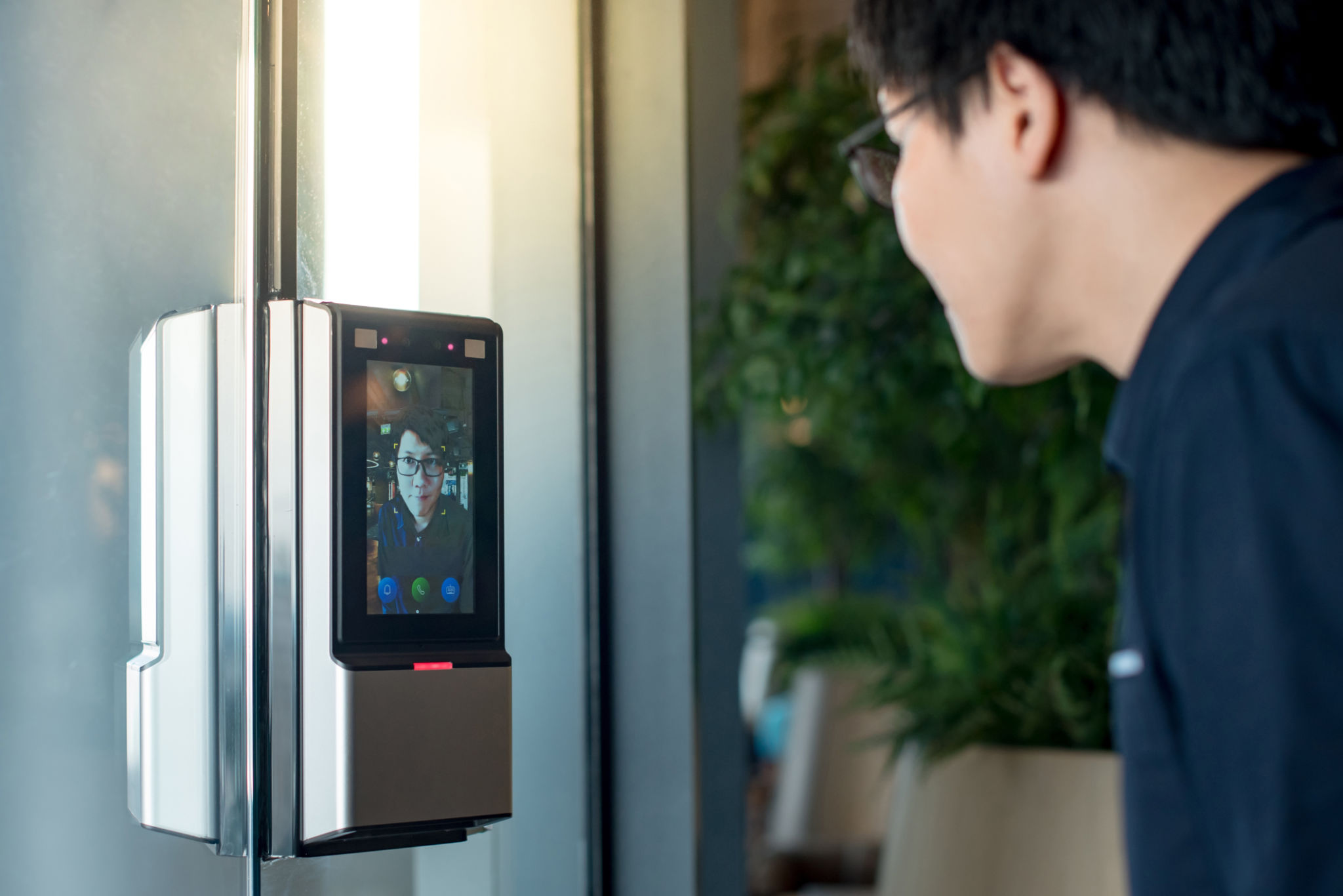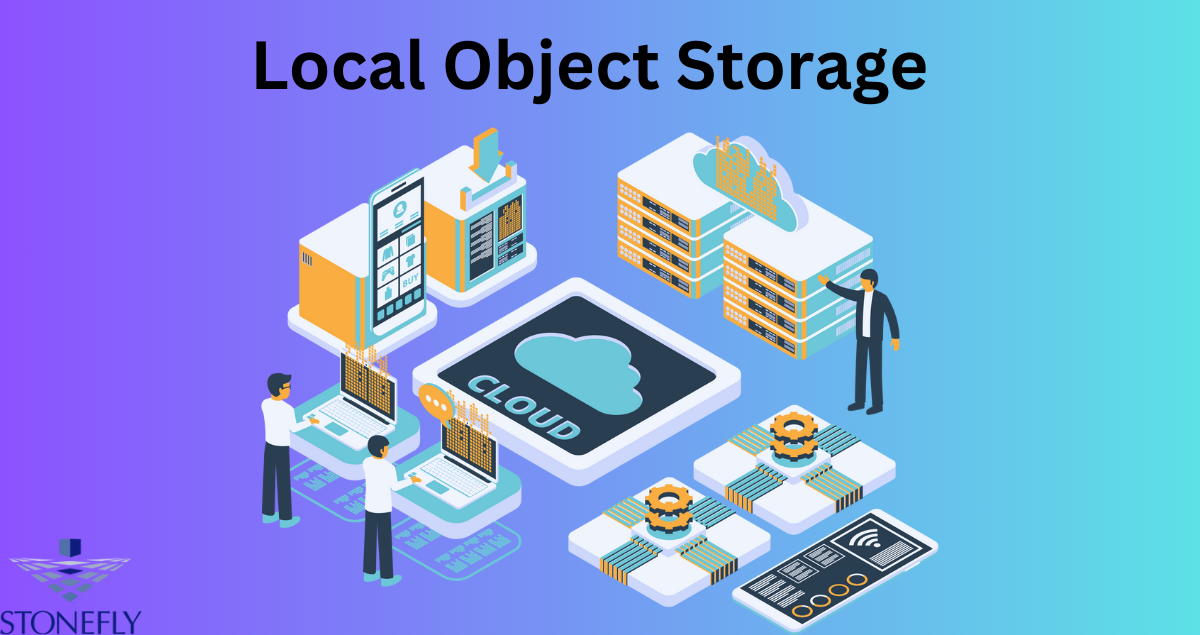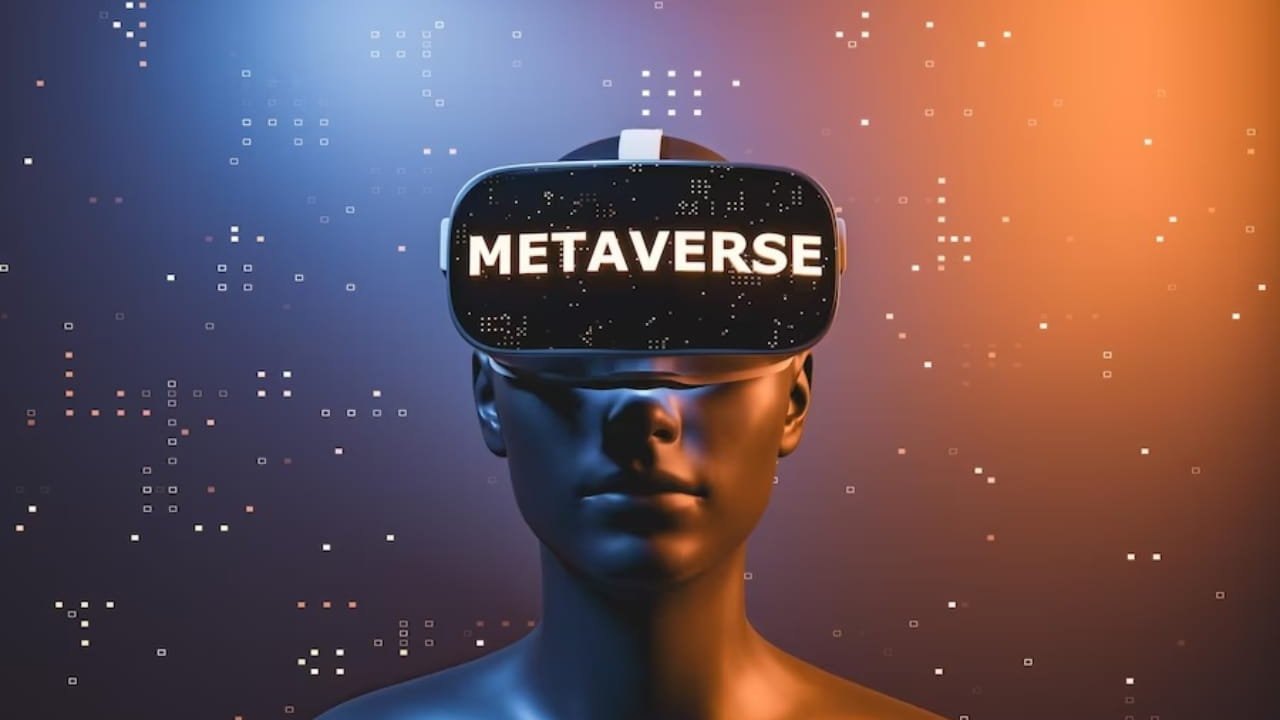Facial recognition technology is now a part of everyday life. We use it for unlocking phones, accessing secure areas, and more. With just a glance, this technology can recognize a face and open doors or give access. But as cool as it sounds, it also raises questions about safety. So, let’s dive in and explore just how secure facial recognition really is!
What is Facial Recognition Technology?
Face recognition door access technology works by spotting and recording the special features of a face. A camera takes a picture and turns that into a code called a “faceprint.” When a person tries to enter, the system checks if their face matches the faceprint in its memory.
You see facial recognition on phones, in some schools, and even in buildings where only certain people are allowed in. But even though this technology brings big benefits, there are also risks to be aware of.
The Benefits of Facial Recognition
Before we talk about the risks, it’s important to understand why so many people like using facial recognition. Here are some of the benefits that make it popular:
- Quick and Easy: Facial recognition lets you open doors, login, or make payments with just a look. No need to fumble for keys or memorize passwords—it works fast.
- Extra Security: You cannot lose or forget your face because a face is as unique as a fingerprint. While you can lose keys or forget a password, you certainly don’t lose your face.
- No Need to Touch: Facial recognition automatically gets you in without the need to touch a door handle or keypad. Facilitating a reduced spread of germs, especially those common in a hospital or crowded office environment.
- Easy for Large Groups: It is easy with large groups since facial recognition is a good method for managing large quantities of people such as employees or students that have to gain speedy and safe access. This way saves time while keeping everything organized.
While these benefits are impressive, there are still important risks to consider. Let’s look at what they are.
Facial Recognition Security Risks
Even though facial recognition makes life easier, it also brings some security risks. Here’s a look at the main problems:
1. Privacy Worries
When someone’s face is scanned, the system saves their data. This raises a big question: How safe is this data? And who can see it? Unlike passwords, which you can change, your face stays the same. If hackers get this data, they can use it forever, which is a scary thought.
2. Hacking and Tricking the System
Hackers have figured out ways to trick facial recognition. They might use high-quality photos or even 3D models of a person’s face to fool the system. This is called “spoofing.” Spoofing lets hackers enter spaces or systems by pretending to be someone else. This is especially dangerous in places that need very strong security.
3. Bias and Mistakes
Sometimes, facial recognition door access doesn’t work as well for people of different races, ages, or backgrounds. It may identify people incorrectly, which could lead to unfair treatment. This problem can be serious in places where correct identification is crucial, like airports or offices.
4. Data Theft
If a hacker breaks into a facial recognition system, they could steal people’s faceprints. Unlike passwords, these faceprints can’t be changed. If someone’s facial data is stolen, it could be used for identity theft for years to come.
5. Legal and Moral Questions
Facial recognition also raises questions about what’s fair and legal. Some worry that it could lead to more spying on people. In some countries, there are strict rules about collecting and using facial data, making it important to know the local laws.
How Secure Are Face Recognition Door Access Systems?
When it comes to door access systems, facial recognition plays a big role in security. However, it’s not perfect. Here are some things to consider when using facial recognition for door access:
- Keep Cameras Secure: For face recognition door access, cameras need to be in safe spots where people can’t easily damage or tamper with them. If someone messes with the camera, they might be able to fool the system.
- Use More Than One Check: Some facial recognition systems work better when combined with other forms of ID, like a card or a code. This adds another layer of security, so it’s harder for hackers to get in.
- Update Software Regularly: Technology changes fast, and so do hacking methods. Regular software updates help keep the system secure. Without updates, the system could become weak against new types of attacks.
- Use Encryption: Encrypting face data helps protect it. Even if someone tries to steal the data, they won’t be able to read or use it if it’s encrypted. Encryption acts like a shield, keeping the data safe.
Balancing Security and Privacy
Facial recognition is powerful, but using it requires balance. Here are some practices that help balance security and privacy:
- Be Clear About Data Use: Companies should explain clearly how they collect, store, and use facial data. This transparency helps people feel more comfortable about their privacy.
- Ask for Consent: It’s always best to ask for permission before using someone’s face for recognition. People should have the option to say “yes” or “no” to sharing their face data.
- Set Data Storage Rules: It’s smart to set limits on how long face data is stored. Companies should decide on a timeline for deleting data to keep it secure.
- Check for Security Often: Regular security checks ensure that the system works as it should. This also helps catch any weaknesses early on, keeping the system strong.
Future of Facial Recognition Security
Facial recognition is always getting better. More ideas in AI and machine learning are likely to do even more to make systems accurate and bias-proof. Developers will also help limit the ability of some people to trick facial recognition with anti-spoofing technology: some examples include “liveness detection” which checks if the face presented in front of the camera really exists or whether it’s a photo.
Another new notion that is newly proposed involves the store of face data in decentralized ways using blockchain technology. This makes it somewhat more challenging for hackers to reach out to sensitive information. Nonetheless, even with these improvements, privacy and security will remain crucial concerns.
Conclusion
Facial recognition is exciting because it is quite convenient and provides extra security, though, at the same time, a lot of risks have to be considered about hacking and worries about privacy. Just like this technology expands, we should be really careful about where and how we would use it; that’s why we need to understand both sides, benefits and risks, which will allow us to make smart choices and responsibly use facial recognition.




